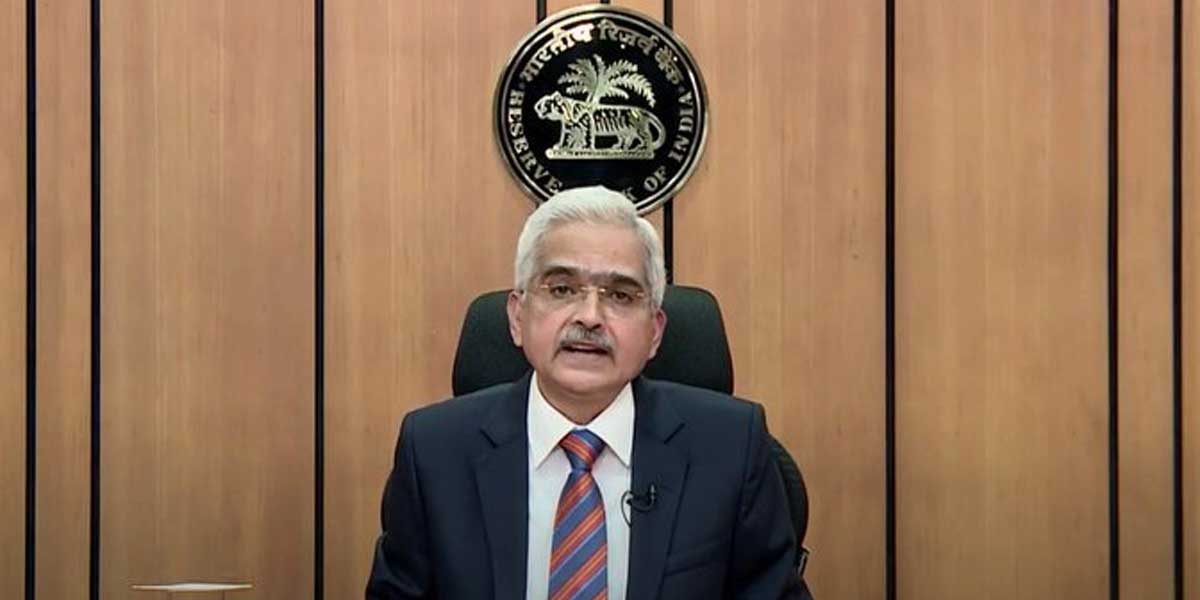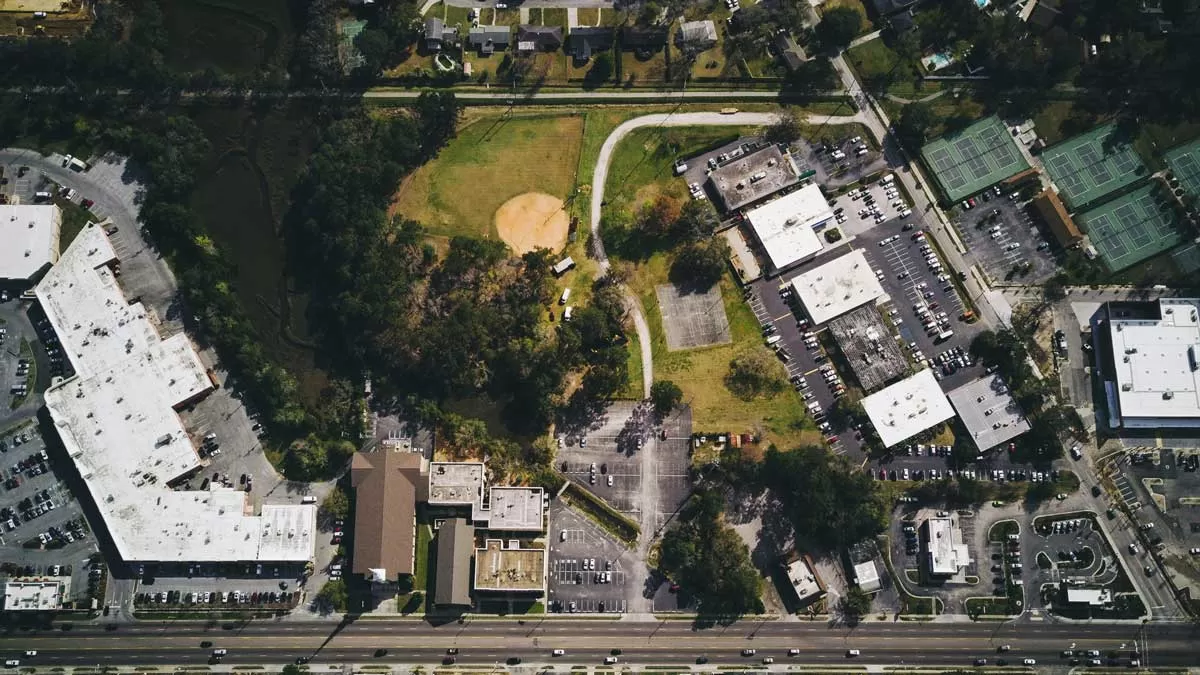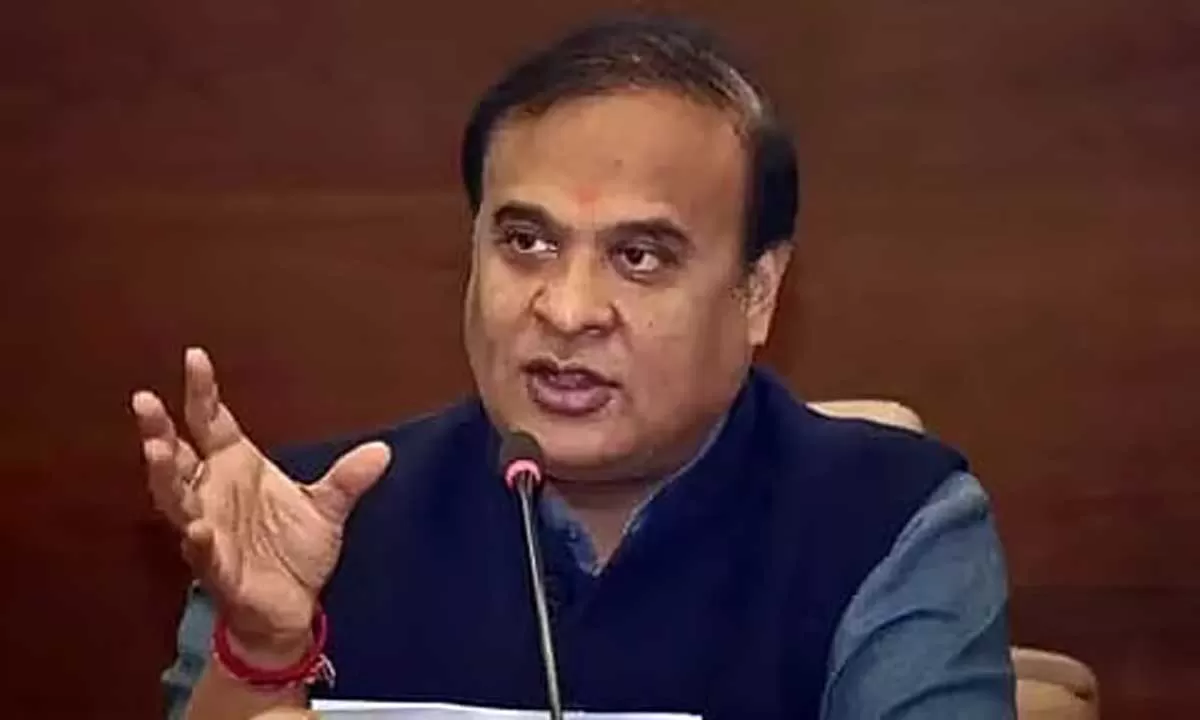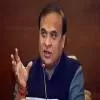The Monetary Policy Committee (MPC) of the Reserve Bank of India (RBI) voted unanimously to leave
the policy repo rate unchanged at 4 per cent. At the same time, the marginal standing facility and bank
rate also remained unchanged at 4.25 per cent, while the reverse repo rate too remained unchanged at
3.35 per cent.
The central bank governor Shaktikanta Das on December 4 emphasised that the accommodative stance
of monetary policy would continue as long as necessary to revive growth and mitigate the impact of the
COVID-19 pandemic, while ensuring inflation remains within the target, going forward.
“The MPC will monitor closely all threats to price stability to anchor broader macroeconomic and
financial stability. Accordingly, the MPC decided today to maintain the status quo on the policy rate and
continue with the accommodative stance as long as necessary – at least during the current financial year
and into the next financial year – to revive growth on a durable basis and mitigate the impact of COVID-
19 on the economy, while ensuring that inflation remains within the target going forward,” said Das.
The RBI governor also announced a set of additional measures with the paramount objective of reviving
the economy to enhance liquidity support, deepen financial markets, conserve capital among banks and
non-banking finance companies (NBFCs), strengthen regulatory supervision, facilitate external trade and
upgrade the payment system services.
5 Key Announcements
Das said that the on tap targeted long term repo operations (LTRO) announced on October 9 would be
expanded to cover other stressed sectors in line with the credit guarantee available under Emergency
Credit Line Guarantee Scheme 2.0 of the Central Government. This will encourage banks to extend
credit support to stressed sectors at a lower cost.
To expand money market participation of regional rural banks (RRBs) and to facilitate better liquidity
management, they would now be permitted to access the Liquidity Adjustment Facility and Marginal
Standing Facility of RBI and also the call and notice money market.
The existing guidelines on credit default swap will be reviewed to facilitate the development of the
credit derivatives market and a vibrant market for corporate bonds, especially for lower-rated issuers.
Draft guidelines will be issued for public comments.
The 2011 comprehensive guidelines on derivatives have been reviewed and draft directions have been
issued for public comments. The revision seeks to promote efficient access to derivative markets and
ensure high standards of conduct in the over-the-counter (OTC) derivatives business.
Comprehensive draft directions on call, notice and term money markets, certificate of deposits,
commercial papers and non-convertible debentures with an original maturity period of less than one
year were also released for public feedback.
Das averred that these measures would go far in promoting and developing corporate bond market and
derivatives markets in India.
Regulatory Side Measures
The RBI governor also said that commercial and cooperative banks would retain get to retain their
profits earned in 2019-20 and not make any dividend payouts for the financial year 2019-20. This will
help banks conserve capital while creating room for fresh lending.
Transparent criteria as per a matrix of parameters, for declaration of dividends by different categories of
NBFCs, would be formulated, to improve their resilience. Draft guidelines on this would be released
shortly.
The current regulatory regime for the NBFC sector built on the principle of proportionality will be
reviewed. A scale-based regulatory approach linked to the systemic risk contribution of NBFCs could be
the way forward. A discussion paper on this will be issued before January 15, 2021.
The central bank would also be issuing guidelines on the introduction of risk-based internal audit in large
urban cooperative banks (UCBs) and NBFCs and harmonisation of guidelines on the appointment of
statutory auditors for commercial banks, UCBs and NBFCs to improve the quality of financial reporting.
To improve the digital payment channel ecosystem with robust security and convenience for users, RBI
Digital Payment Security Control Directions for regulated entities will be issued. Draft directions on this
will be issued soon.
To deepen financial inclusion and financial literacy across the country, the reach of RBI’s Centres for
Financial Literacy is going to be expanded from 100 blocks at present to every block in the country by
March 2024.
A comprehensive framework for grievance redressal mechanism in banks will be put in place to enhance
the efficacy of grievance redressal. This will include enhanced disclosures on customer complaints and
monetary disincentives for recovery of cost.
Facilitating Export Competitiveness
To facilitate external trade and enhance export competitiveness, additional powers will be delegated to
authorised dealer banks, including regularisation of cases of direct despatch of shipping documents and
writing off unrealised export bills in some cases.
The Real Time Gross Settlement (RTGS) system would soon be made 24x7 in the next few days to reduce
settlement and default risk in the system, by facilitating settlement of AEPS, IMPS, NETC, NFS, RuPay,
UPI transactions on all days of the week to make the payment ecosystem more efficient.
Limits for contactless card transactions and e-mandates for recurring transactions through cards and UPI
will be increased from Rs 2,000 to Rs 5,000, from January 1, 2021. This will help to expand the adoption
of digital payments safely and securely.
2020: A Challenging Year
Terming 2020 to be a challenging year, the RBI Governor said that the country’s determination to fight
and overcome had stood out in this difficult year, and, alongside, the human and economic tragedy,
history will also record the unprecedented response by governments, central banks, healthcare systems,
personnel and above all the common people.
“We have been able to contain human losses, ensure financial systems function normally and reached
out to the most vulnerable. As a result, near-time financial stability risks have been contained,” noted
Das.
He said that RBI would use various instruments appropriately, calibrating them to ensure ample liquidity
is available to the system.
The governor took particular note of MPC’s observations on the outlook for inflation turning adverse.
The consumer price index (CPI) inflation is projected at 6.8 per cent for 3Q2020-21, 5.8 per cent for
4Q2020-21 and between 5.2-4.6 per cent in 1H 2021-22.
The real GDP growth for 2020-21 is projected at -7.5 per cent, for 3Q at 0.1 per cent and 4Q at 0.7 per
cent. 2H 2020-21 is, therefore, expected to show positive growth. The recovery in rural demand is
expected to strengthen further, with urban demand also gaining momentum.
With consumer confidence turning optimistic, the business sentiment of manufacturing firms is
gradually improving and business expectations for 4Q2020-21 are rising.
In his closing statement, the RBI governor said, growth impulses that have emerged augured well for the
revitalisation of the Indian economy. The Central Government and RBI sought to nurture and strengthen
these through policy stimuli. He concluded saying that India’s time had come to break free of the fetters
of COVID-19 and reconfigure its destiny.
Hawkish Stance Needed to Check Inflation
Reacting to the RBI announcement, Dr. Niranjan Hiranandani, President, Associated Chambers of
Commerce of India (ASSOCHAM) & Managing Director and Co-founder Hiranandani Group suggested
that the central bank need to be more hawkish to rein-in inflation. He said the decision to keep key rates
unchanged was along expected lines and would likely continue in the near-term as well to support
growth as private consumption gradually returned and several stalled projects were revived by the
government’s efforts.
“The proactive stance of the government to tackle the supply side issues would be instrumental in
reducing the food prices further. As the numbers show that the economy is recuperating at a quicker
pace than anticipated is a very good sign. There are several sectors which are showing an upturn,
consolidating the fact that the GDP growth numbers would be positive soon,” remarked Dr.
Hiranandani.
“Home loans will continue to remain at attractive rates, this should augur well for home buying
sentiment,” he added.
In a statement, Dr. Sangita Reddy, President, Federation of Indian Chambers of Commerce & Industry
(FICCI) & Joint Managing Director, Apollo Hospitals observed that it was heartening to see RBI
confirming that it would maintain an accommodative stance till the time necessary for stabilising growth
on a firm footing.
“While the inflation trajectory has moved up, at this point in time, re-energising growth should get all
the attention. There has been a substantial upgrade to the overall growth forecast for the second half of
the current fiscal. This is encouraging but given the stress the economy had faced on account of COVID-
19, we anticipate that policy support, both from the RBI and the government, will be required well into
the next year.”
The FICCI president termed the move to allow banks to tap into the TLTRO funds for extending credit to
other stressed sectors in line with ECLGS 2.0 as positive. Welcoming the decision to allow upward
revision in the limit from Rs 2,000 to Rs 5,000 for contactless card transactions and e-mandates for the
recurring transaction through cards and UPI, she said it would help to enhance customer convenience.
Kaushal Agarwal, Chairman, The Guardians Real Estate Advisory, opined, “Owing to inflationary
concerns and steep reductions previously, the RBI was expected to keep rates unchanged. With
commercial banks being asked to consolidate profits and not distribute dividends, it’s time the banks
further sweeten the lending rates. With vaccine announcements around the corner and persistent
recovery in the economy, the country can be expected to fully recover financially by the end of 4Q2020-
21.”
While appreciating RBI’s efforts at maintaining an accommodative stance, Rajiv Agarwal, Managing
Director & CEO, Essar Ports felt the unchanged repo rate was understandable despite a spurt in
inflation, which has been primarily driven by disruptions in the supply chain, excessive margins and
indirect taxes.
“However, it is imperative that going forward there is a cap on lending rates for low-cost funding to
boost the demand, the growth and the new wave of investments. This and the central bank’s recent
measures along with appropriate reforms for an Aatmanirbhar Bharat will fuel the country’s economic
revival. Improved growth projections are also reflective of an optimistic recovery led by a visible
increase in urban and rural demand,” declared Agarwal.


















